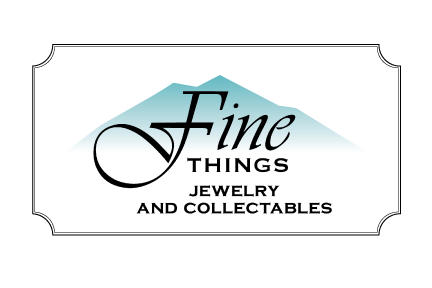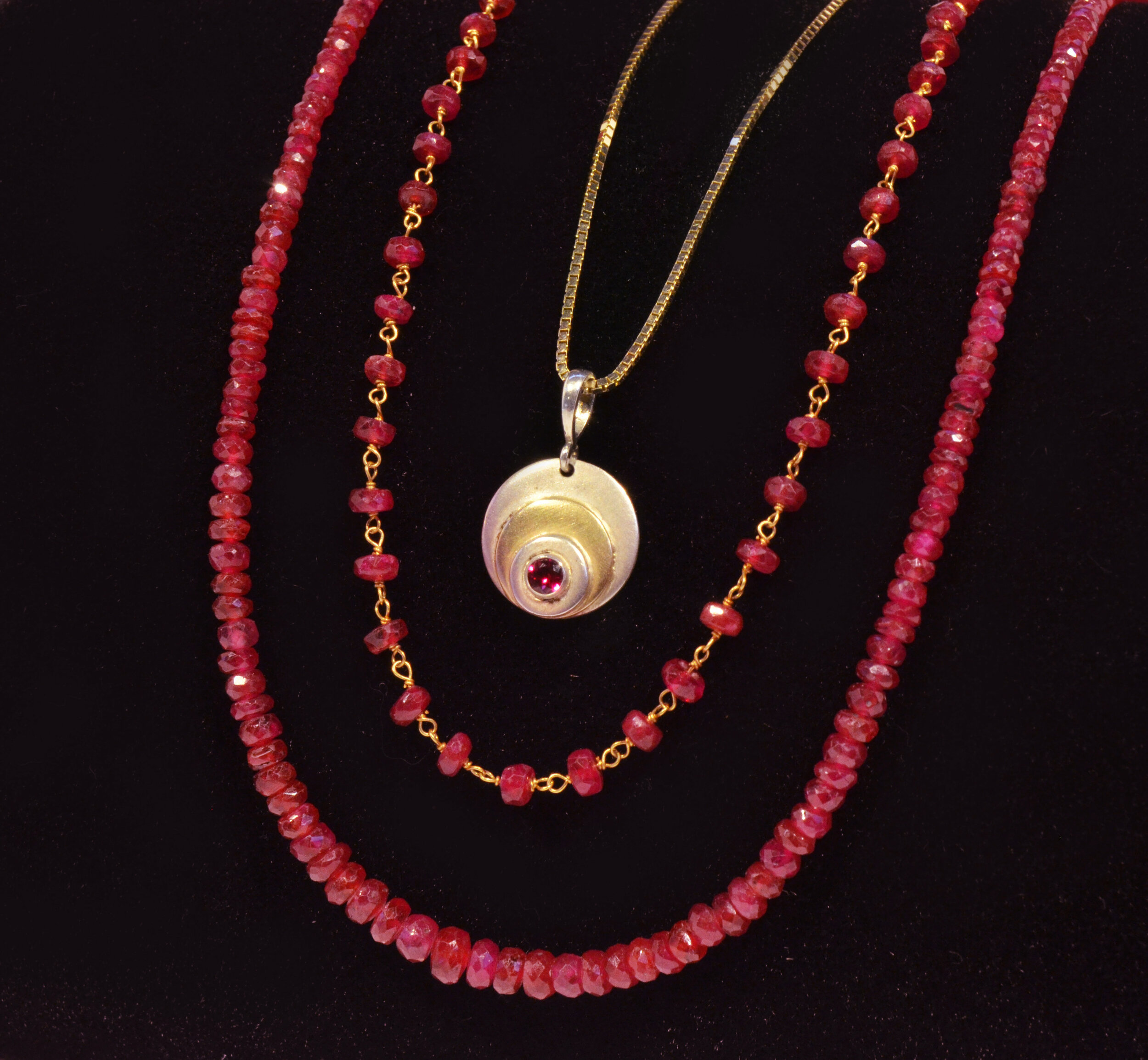Cleaning Devices and Methods
Ultrasonic Machine
Ultrasonic jewelry cleaners vibrate a tank of water or a cleaning solution with high-frequency waves (up to 42,000 Hz), which create microscopic bubbles that remove debris from the inside. By emitting these high-frequency sound waves, creating bubbles and vibrations in the water (known as the cavitation process) they can penetrate nooks and crannies in order to loosen or remove residues that cling to jewelry (Helpful for intricate jewelry & chains). Thus Ultrasonic jewelry cleaners clean through a physical rather than chemical process (although you can add a solution to the tank for a chemistry-powered clean). Ultrasonic jewelry cleaners are a must for cleansing gold jewelry and platinum and precious gemstones. But remember, not all machines are the same, or have the capability to clean the same. Most importantly not all machines are safe for silver jewelry, and shouldn’t be used with loose or porous stones such as emerald, tanzanite, lapis lazuli, topaz, opal, turquoise or onyx.
Steam Cleaners
Steam jewelry cleaners can start with as little as 50 PSI of pressurized steam and can reach as high as 125 PSI. Steam Cleaners can lift dirt and grime, body oil, makeup, and more right off of your jewelry. It produces continuous steam and is safe to operate. It’s safe for precious metals and many stones, including diamonds and sapphires. However, be very cautious of the pressure applied to your settings. If your stones are not set properly, are loose, or even some that have certain treatments, the pressure can damage your jewelry or cause more trouble in having it repaired.
Boiling Cleaners
Boilers are just like what they sound. Tanks of water, with or without cleansers, boil your jewelry to remove the dirt and debris. These are not recommended at all as very serious damage can occur to almost every gemstone.
Liquid Jewelry Cleaners
Liquid jewelry cleaners are a good balance of affordability and effectiveness. Most use chemicals, such as ammonia, to lift dirt and grime off of jewelry pieces. You can also use a tiny brush, which may be included, to get into small designs and crevices in your pieces. The chemicals, however, may mean that these liquid cleaners are not safe for all gemstones and can irritate your skin.
Jewelry Wipes
Wipes are great for on-the-go cleaning, but they are pricey pre-use and contain the same chemical cleaning agents as liquid cleaners. Most Ultrasonic and Steam Machine cleaners are chemical-free but also cost a pretty penny. They can be used with a wider range of jewelry, yet have limits when it comes to sparkly gemstones.
Ammonia
Ammonia is a common cleaning agent in jewelry cleaning solutions. It is good for lifting dirt and grime but will not always remove tarnish from silver jewelry. It can also be too harsh for some stones. Pearls, amber, opals, and other porous gemstones should get special care when cleaning because harsh chemicals can damage them. Steam and Ultrasonic sound waves are two chemical-free ways to clean your jewelry, but not on porous gemstones.
Harsh Chemicals
Keep your jewelry away from harsh chemicals like bleach!!
Storing fine jewelry correctly can keep it from getting dirty in the first place. It’s especially important to store silver pieces with care, because they can get tarnished easily. Pearls and other porous stones are also fragile and require special care.






